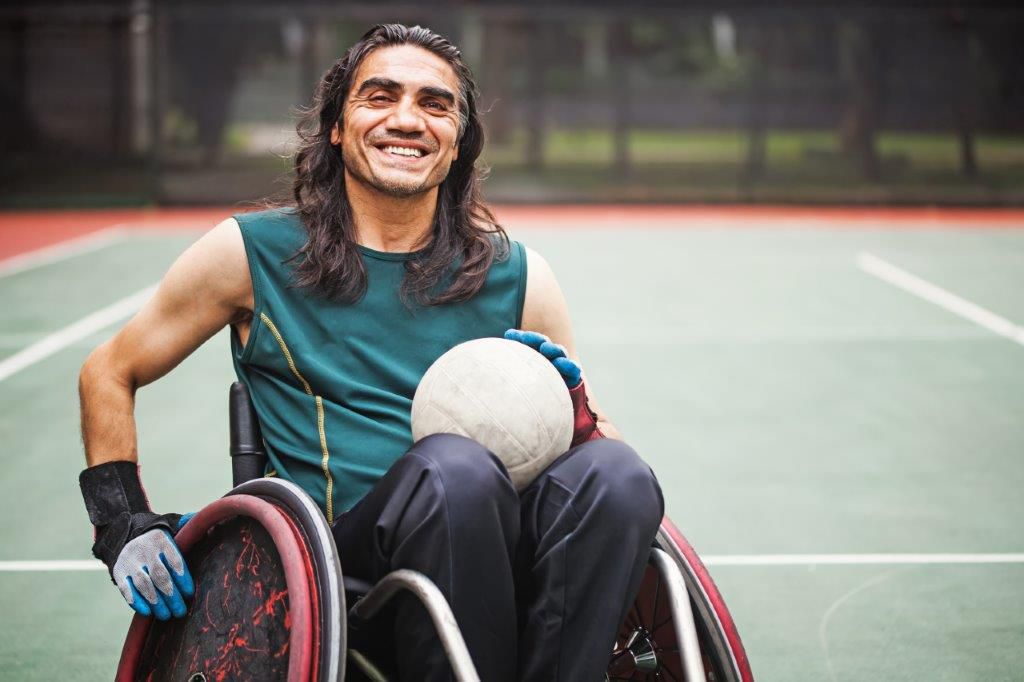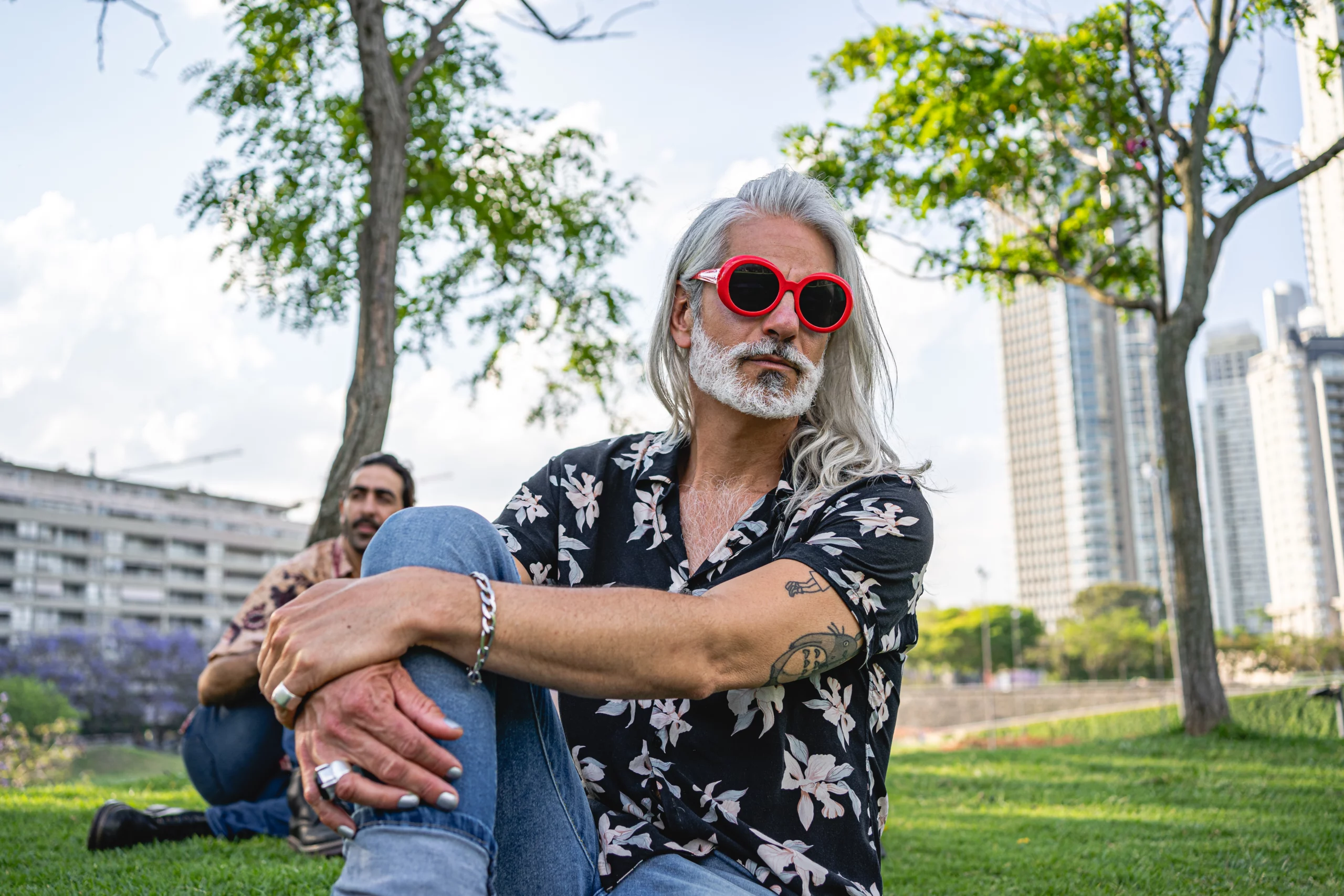


They are more likely than their heterosexual peers to:
The average number of chronic conditions for LGB older adults is also higher than heterosexual peers.
Results from Oregon Behavioral Risk Factor Surveillance System, 2013-2018.
Survey data collected in 2011 from 1,402 LGBTQ+ (lesbian, gay, bisexual, trans, queer, Two-Spirit, non-binary, or sexual or gender diverse) adults aged 55 and older residing in Oregon.
Survey data collected in 2011 from 1,402 LGBTQ+ (lesbian, gay, bisexual, trans, queer, Two-Spirit, non-binary, or sexual or gender diverse) adults aged 55 and older residing in Oregon.
Results from Community-Based Survey, 2013-2018.
More than 70% have three or more people they can count on for social and emotional support. Over 40% attend faith, spiritual, or religious services. In the face of COVID-19, many learned new skills. More than half learned how to use a new technology (e.g. device, application, or computer program) in response to COVID-19.
Nearly 60% in public places, more than one-quarter in employment, and nearly one-quarter in residential settings or care and health services. Highest rates are among participants of color. High rates are also found among gay men (69%) and transgender older adults (64%).
Most did not report the abuse due to distrust of authorities (26%), feeling ashamed (20%), lack of knowledge (16%), and fear of having to disclose their identity (16%).
Higher rates are found among gay men, younger participants, those with lower incomes, Black/African Americans, Asian and Pacific Islanders, Native American/Alaska Natives, and those living in frontier areas.
High rates of smoking and binge drinking are found among gay men, those aged 55-64, those with lower income, Black/African Americans, Asian and Pacific Islanders, and Native American/Alaska Natives.
Participants of color experience heightened risks of financial and housing instability, high rates of having household incomes at or below 200% federal poverty level, fewer financial assets, and higher unemployment rates compared to non-Hispanic Whites.
Participants living in frontier areas and those living with HIV are also at heightened risks of financial instability.

Recommended citation: Fredriksen Goldsen, K., Kim, H.-J. (2021). Oregon LGBTQ+ Older Adult Survey Report. Goldsen Institute.
The research is funded by ODHS Aging and People with Disabilities. ODHS Aging and People with Disabilities, SUA.Email@dhsoha.state.or.us. The full report and additional resources are available online and by request at goldseninstitute@uw.edu.
© Goldsen Institute 2021, University of Washington, Seattle, WA.

